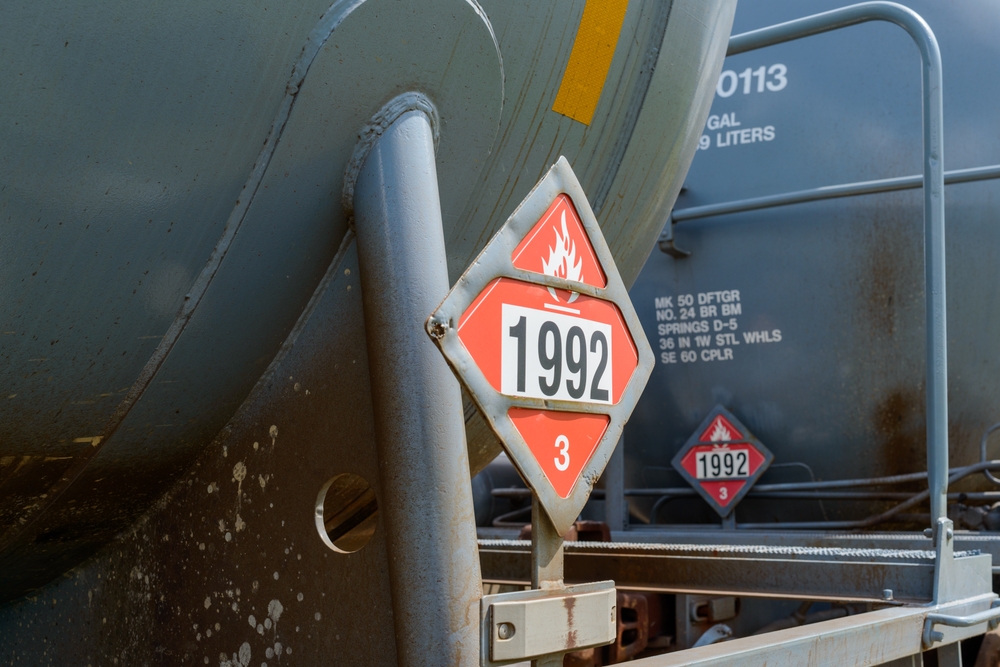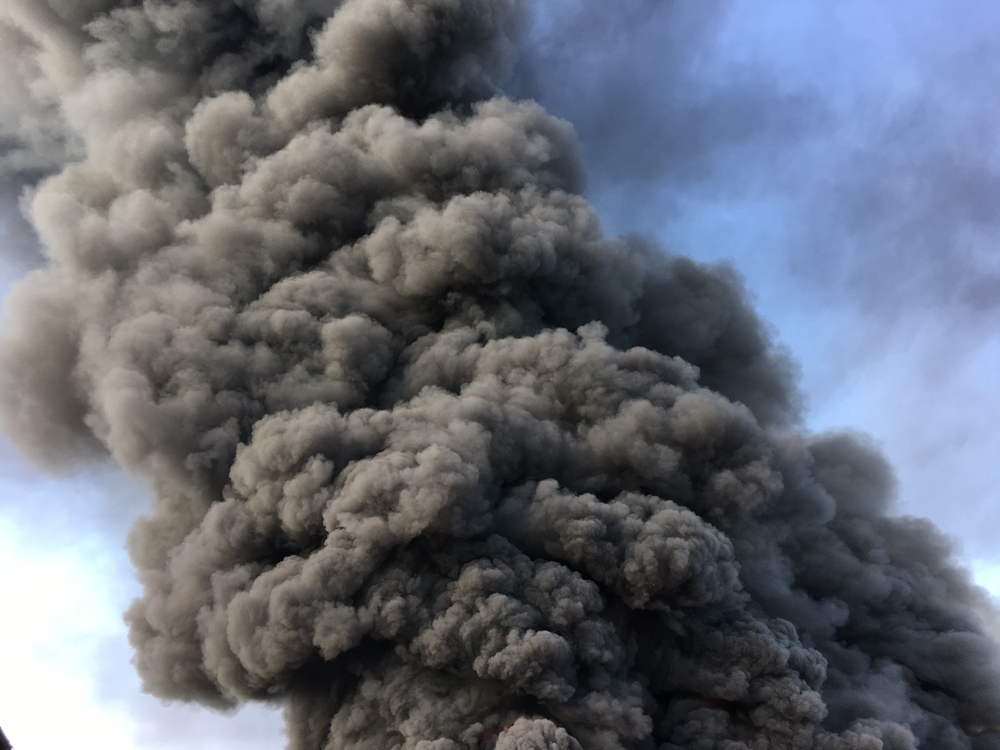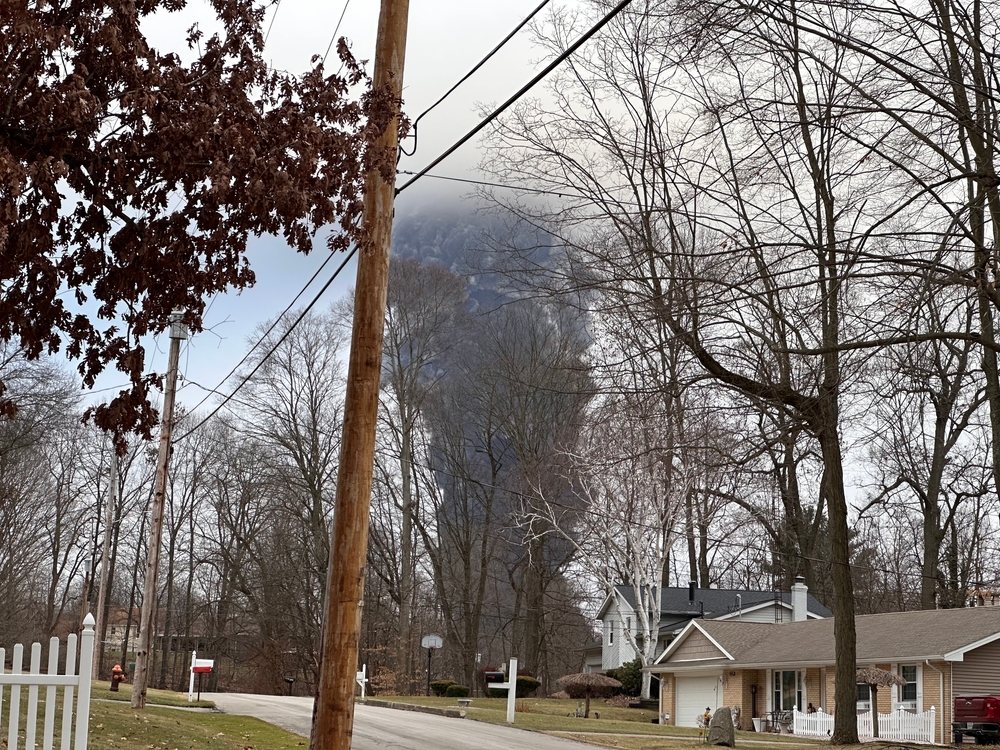What Can Be Done To Protect People from Future Train Derailment Chemical Exposures?
On the night of February 3, residents of East Palestine, Ohio, joined a club no one wishes to belong to willingly. They’ve joined countless other towns and cities known for serious train derailments. From South Carolina to New Jersey, California to North Dakota, countless states have experienced train derailments where the cargo of the freight train included hazardous chemicals. In light of the Ohio train derailment, questions linger about the cause of this derailment. While the National Transportation Safety Board (NTSB) continues to investigate, questions remain about the health risks to the residents and the environmental impact on the surrounding area, including waterways, forests and livestock.
After an event like this, attention remains on the investigation and figuring out what happened. Determining the cause and effect may change how freight trains move hazardous chemical cargo across the country. Other serious train derailments include the Lac-Mégantic, Québec derailment in 2013 that killed 47 residents and destroyed much of the small town. In this case, the cargo being transported was crude oil. This incident and others around the U.S. are credited with raising awareness of the dangers of transporting hazardous chemicals by train. Changes to legislation and stricter rules have come out of past derailments.

After the devastating Canadian derailment, the volume of train cars carrying crude oil dropped. The number of train cars dropped from 500,000 in 2014 to around 137,000 in 2020. However, in its place, liquefied natural gas began to be transported using the railway network. Prior to 2020, the federal government did not allow liquefied natural gas to be transported by train. Under the Trump administration, railway companies were permitted to transport liquefied natural gas in an effort to boost the export of natural gas. The former administration granted a special permit to transport liquefied natural gas 200 miles between New Jersey and Pennsylvania. Environmental advocates have been working to convince politicians, including US Department of Transportation Secretary Pete Buttigieg, to rescind the special permit and reinstate the ban on transporting liquefied natural gas.
How Do We Prevent and Respond to Chemical Train Derailments?
Advocates at MASSPIRG, an advocate for public interest, suggest using fewer plastics. Of the eight types of hazardous chemicals being transported by a Norfolk Southern freight train, seven of these chemicals are components of plastic.
Three Types of Responses
In the event of a train derailment like East Palestine, there are three possible responses emergency responders could utilize. One response to a derailment is to localize the incident. This includes isolating, restricting access and containing the area. This response is often how minor accidents or incidental spills are handled. This response focuses on protecting those near an incident by only allowing those trained in emergency management to visit the site.
The second type of response is to shelter in place. This response is typical in emergency management situations. Residents are advised to remain in their households. This may include incidents where airborne toxins have traveled downwind of the initial incident location. In the event of a chemical release, residents may be asked to stay in their homes and close windows and doors or seal their homes. Events like this can depend on the hazardous chemicals released and their health effects.
The third response to an incident may be to evacuate. In the case of evacuation, you should follow the plan conveyed to you by emergency responders. Evacuation responses occur when the incident is no longer safe for you to remain in your household.
What You Can Do
If you live in a rail corridor, where freight trains regularly transport hazardous chemicals, it’s important to have an emergency preparedness plan in case of a trail derailment. More than 25 million Americans live within a mile of a crude oil transportation railway network. Knowing whether your community may be at risk for a similar train derailment, you can ensure you have an emergency preparedness plan in place. Ideally, these plans are practiced and in place before an emergency. Experts suggest conducting routine practices, so everyone is prepared on what to do in case of an emergency.
Many emergency preparedness plans focus on ensuring everyone in the household can evacuate safely. In addition to being prepared to evacuate, having a basic disaster supplies kit will help. Recommended items include:
- Water – 1 gallon per person per day for several days
- Food – several days of non-perishable food for each person
- Flashlight
- Battery-powered or a hand crank radio
- First aid kit
- Whistle
- Extra batteries
- Dust masks
- Duct tape and plastic sheeting
- Plastic ties
- Garbage bags
- Moist towelettes
- Pliers or wrench – to turn off utilities if the need arises
- Manual can opener
- Cell phone with chargers and a backup battery pack
- Local maps
Your emergency preparedness kit should be tailored to your household. If household members require prescription medication, please include it. If you have children, don’t forget to include items like board games and jigsaw puzzles that can help pass the time. Experts recommend keeping an emergency kit in your car, workplace and home. You may not expect to experience an emergency on the road or at work, but being prepared means you are ready for any emergency, regardless of where it occurs.
Despite all our best efforts, sometimes emergencies occur. An emergency preparedness plan is one way to retain control of the situation. Regardless of what type of response is warranted, first responders are there to keep people safe. If asked to evacuate, please follow their instructions. Your health may depend on it. The health of your loved ones may depend on it.












